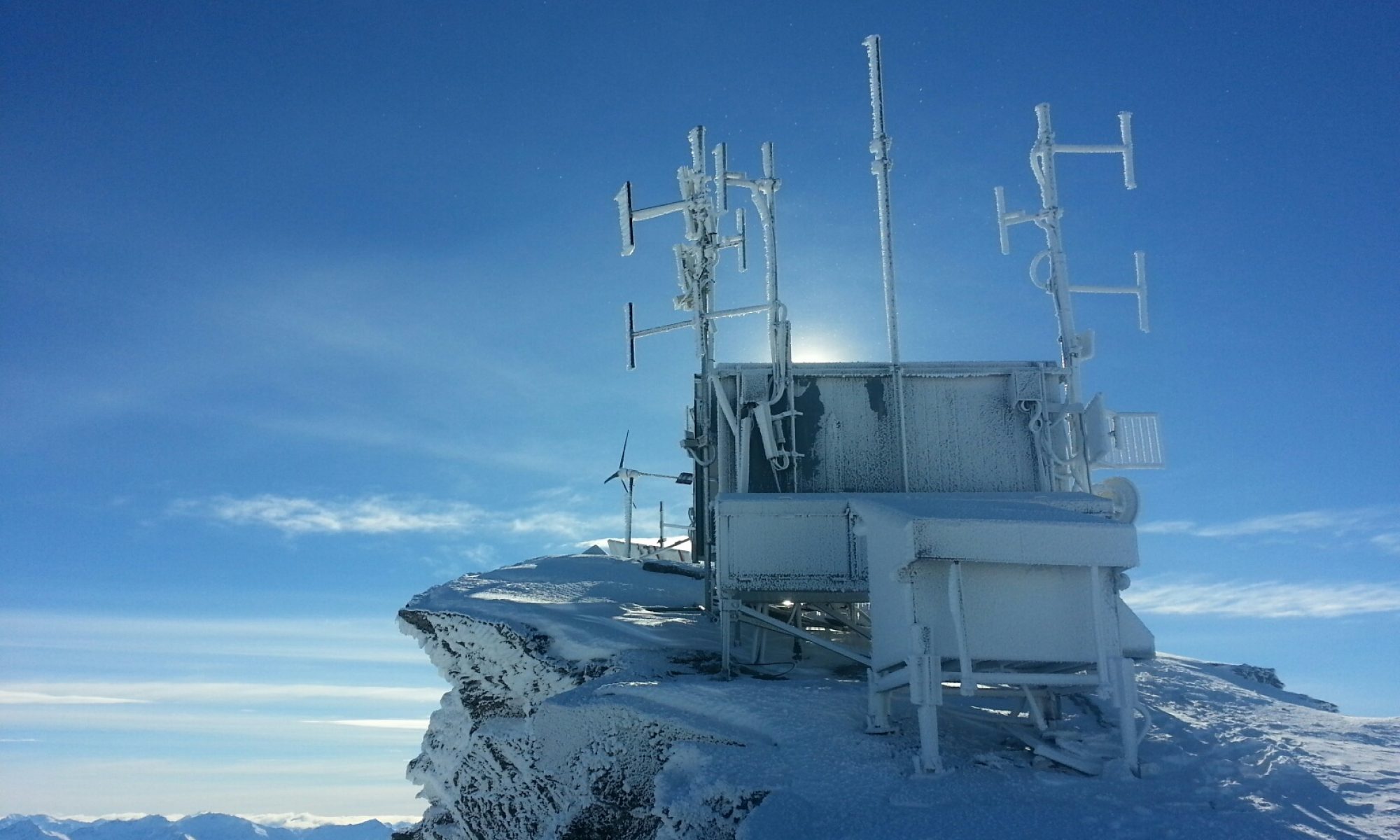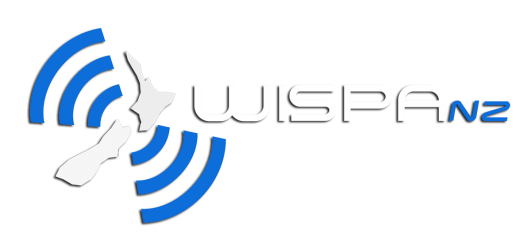Zelan – A WISP Profile by Ernie Newman
Dawn’s barely broken as Mark Kersten drives me through the Buller Gorge. Across the river an impossibly long empty coal train rumbles northeast towards Inangahua. The scenery is wild and spectacular. There’s almost no traffic.
I count down the distance to Reefton where Mark assures me the morning’s caffeine drought will be broken. So it proves, with a couple of generous sausage rolls thrown in.
The early start was essential. Zelan, Mark’s WISP, covers a large footprint – a triangle bounded by Westport, Reefton and Greymouth with spurs to Hokitika and Karamea. It will take us most of the day to get around just some of that.
Mark Kersten was a dairy farmer on the Culverdon-Reefton Road in 2001 when he took the unlikely step into wireless communications. Typical of WISPs he first organised a connection as a way to get his farm online. Friends and neighbours got hooked in, he took on some isolated customers from a Nelson-based WISP, and he suddenly had a business. At the outset he had access only to 3 ADSL connections from Snap Internet, but the growth quickly justified way more sophisticated backhaul.
Getting access to radio sites on the West Coast has unique challenges. The population density is the lowest in the country and declining, meaning the ratio of sites required to paying customers is very high. The topography is unkind. A huge proportion of the hilltops are part of the conservation estate administered by DoC who, compared to local farmers, have often been seen as voraciously greedy and challenging landlords when it comes to allowing a tower on their land.
Mark quickly realised that to get a viable business functioning his first step was to get access to several crucial high sites. These were already occupied by the local radio station, Coast FM, and because FM radio requires mains power they already had that luxury installed.
So he bought Coast FM. Just like that.
“The station’s not profitable,” he tells me, “but the losses are manageable, and the sites are invaluable.”
As I learn this history we are approaching the Haupiri-Amuri Road, a dairy area nestled under the Southern Alps. This was once the main route for people and stock between Canterbury and the West Coast before the construction of the route through Arthurs Pass. We roll up for our 9.30am appointment with Murray and Gaye Coates, with daughter Emma, to be greeted with stunning hospitality and an incredible story about persistence in getting, losing, and re-getting connectivity.
Broadband – now you see it, now you don’t
Early on, government funding was given to the Gloriavale Christian Community through their subsidiary Haupiri Net to develop broadband that would service themselves, their businesses and the surrounding district.

Most households adopted it with enthusiasm. The Coates family were among them. They’re technology savvy and very engaged in current and future uses of technology on the farm.
But the history of connectivity in the Haupiri Valley is complex and several years later, for whatever reason, the broadband disappeared.
I’ve listened to many farmers complain about not getting broadband, but this is the first time I’ve dealt with one who has had it, embraced it fully, then had it taken away! The frustration is massive.
Worse, with the local school fibred through the Rural Schools Project the Haupiri residents were down to a decrepit landline system with a radio link incapable of use for any kind of data traffic.
The Coates’ – Gaye especially – embarked on a lengthy political campaign to restore a service that had become essential. “For a year she worked almost full time trying to get the broadband back,” Murray recalls.
They asked numerous government agencies – “is there a way we can pay to hook into the taxpayer-funded line into Gloriavale School?” Local MP Damien O’Connor and then Communications Minister Amy Adams were involved, but nobody offered a solution.
They approached Chorus with a view to sharing the cost of some infrastructure. The cost was prohibitive – $3000 a month to hook the farm infrastructure to theirs. They looked at fibre to Kopara Village with wireless the rest of the way, but the costing came out in 6 digits. Fibre over power poles was impracticable at that time.
Meanwhile the Coates’s were regularly driving an hour each way to do their basic online bookwork in the Greymouth public library.
Then the miracle occurred. With the help of MBIE official Robert Clarke they found Mark Kersten and Zelan. In a short time they had their wireless connection. The quality is excellent. They even have voice services across the Zelan network, although this is on a “best efforts” basis and the quality sometimes falls off at peak times.
So the Coates farm is now back at full speed using Internet-based on-farm systems. They’re using precision application of fertiliser, reducing wastage and environmental damage with the potential to report direct to the regional council. Their herd management system and technology in the milking shed requires them regularly to connect via Internet to Israel and Australia for support. Murray’s keen now on further automation including an Israeli application that monitors mating cow by cow and gives the farm workers a lot more leisure time in the mating season, which will require solar repeaters across the farm connecting to the Internet of Things.
Back on the road
We could have spent the rest of the day with the hospitable Coates family learning about their farm. But we retrace our steps towards Greymouth, detouring at Stillwater for a dizzying climb up an impressively asphalted road to the summit of Sewell Peak.

The site Zelan shares with Coast Radio and others is robustly engineered to withstand huge winds coming straight off the Tasman – fierce enough to strip the galvanising off the metal components. There are close to 20 dishes, one bringing the signal in from Greymouth and the rest disseminating it all over Westland. Straight below Greymouth, appears briefly through gaps in the swirling cloud.

I lean back into the gale to take photos, aware that if it suddenly stops I’m likely to do an 830 metre backflip all the way to the ocean.
Then we head back down the 5km access road towards Stillwater, turn north, and head back towards Westport via the wild and stunning coastline, including spectacular Punakaiki where a zillion tourists are admiring the pancake rocks.
Zelan has successfully tendered to install rural broadband to 380 new end users – many of them along this coast. That will about double the size of the business. Mark points out to me the places where he is contractually required to connect, and an even greater number that seem to have escaped the tender process but clearly have a need. Its going to be a challenge with homes jammed between a sheer mountain range to the east and the coastline to the west. “The best places to put sites would be on rocks out to sea but I don’t think DoC would allow that,” he jokes wryly. “I’ve had to budget a huge amount for helicopters!” But I take his point about the challenge.
As we near Westport I realise the day is not quite over. Mark has saved the most spectacular climb until last – a drive to another key site on the summit of 1040m Mount Rochfort.

The climb up the gravel road seems endless – at one point it rises 400m in 5 kilometres. But Westlanders are known to be hardy – we overtake a local policewoman on her daily run to the summit. There we find another super-sturdy tower, again complete with mains power, solid and secure battery backup, and coverage across a vast but lightly populated area.

So Zelan stands alone among WISPs. A couple of key sites so crucial that getting access involved buying a radio station. The added advantage of mains power on these. Around 50 end users on each. Everywhere else a very high ratio of repeaters to serve scattered customers making the economics challenging.
But in the end, key users like the Coates family are the winners.
Zelan has been a low-profile WISP. It was one of the last to join WISPA. But its role on the rugged Coast is critical. With a substantial RBI2 contract ahead and the credibility that gives, you’d expect it to be around as a key element of the Coast infrastructure for many years ahead.

